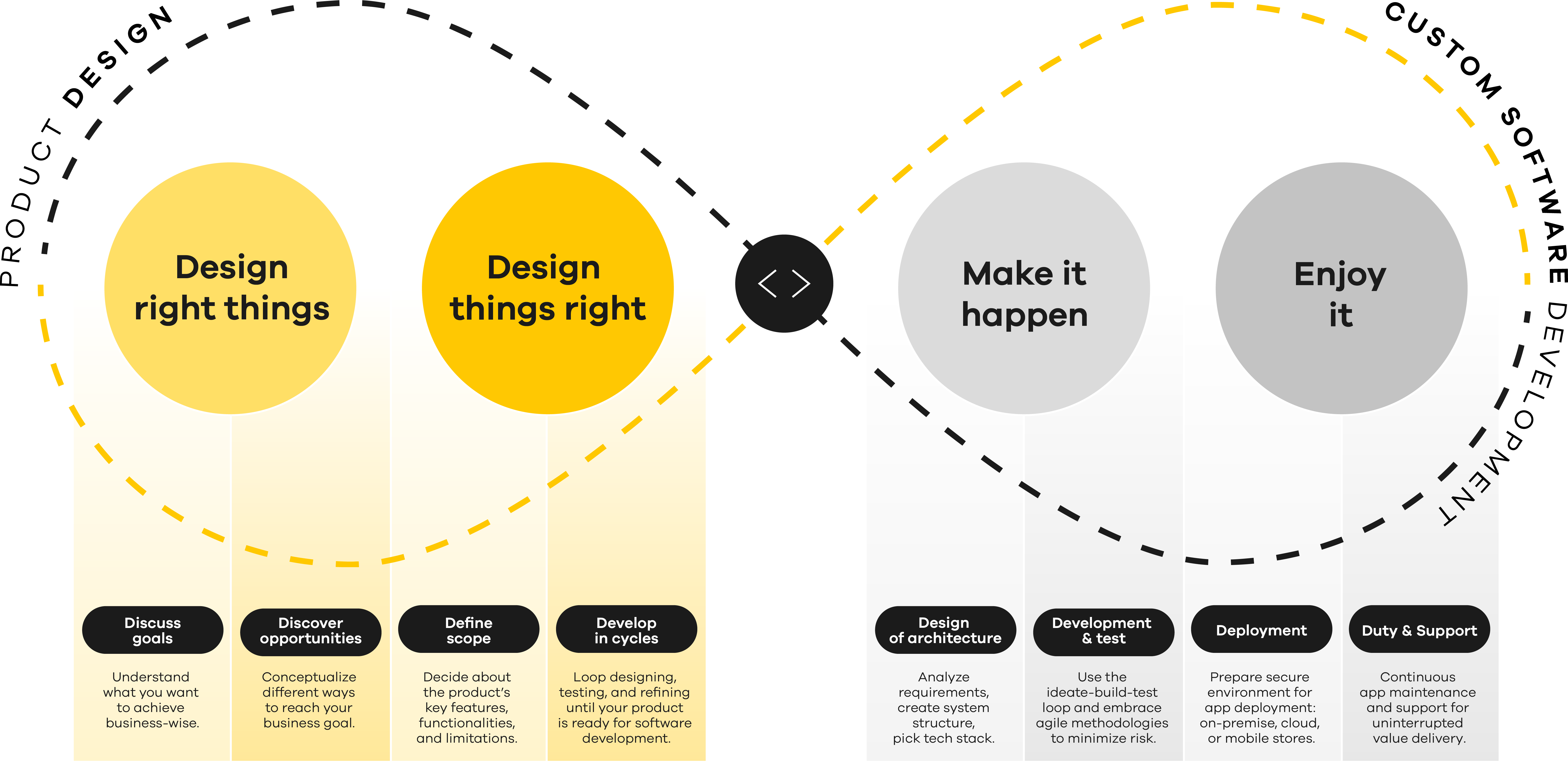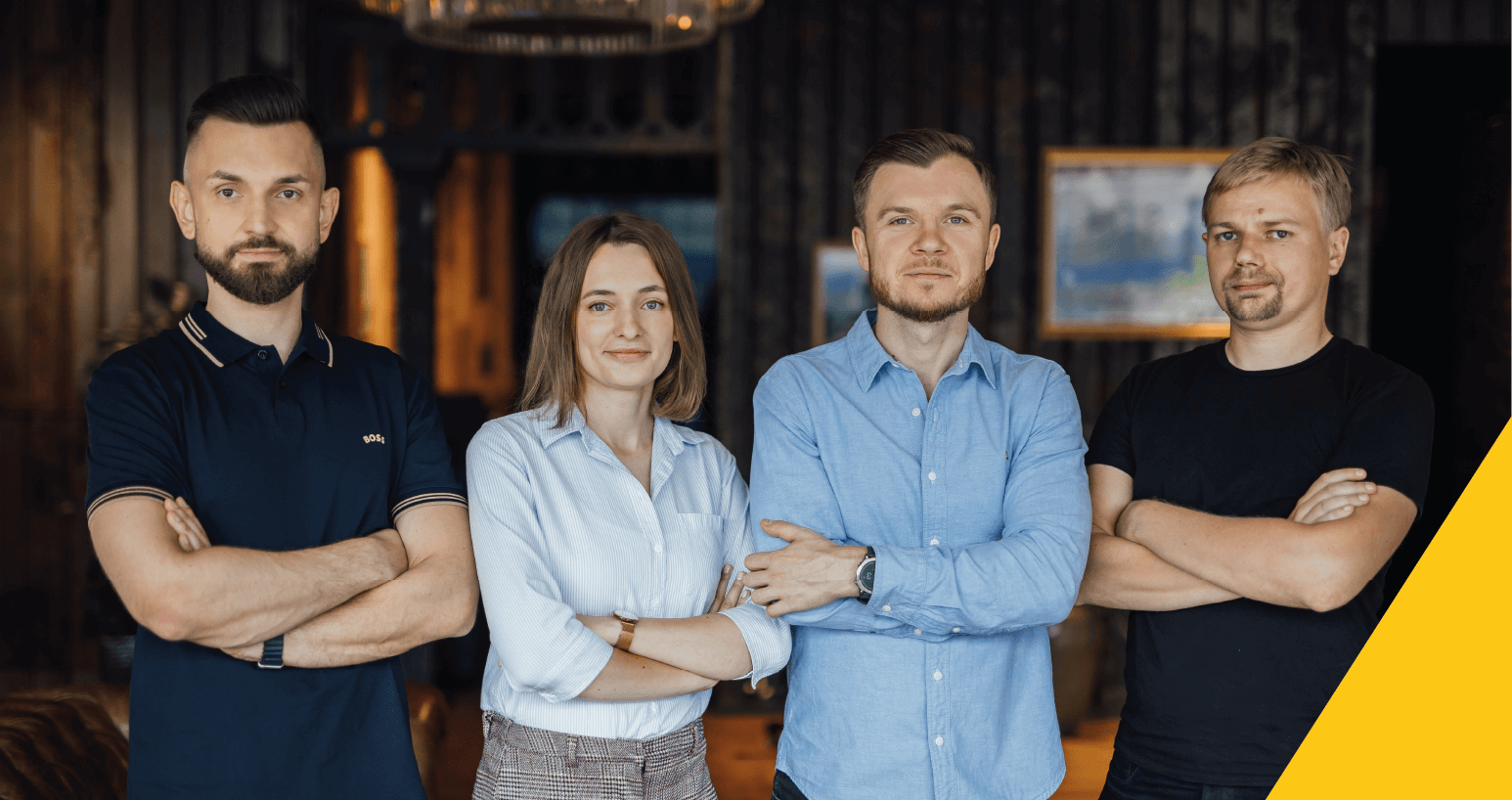Creative and structured. Direct and friendly. Always on your side, ready to go the extra mile. That’s who we are and how we work.
We believe that our expertise and proactive approach can transform your problems into victories, as it did for our clients from Sweden and Germany. We can proudly say that 80% of our projects turned into long-term collaboration, relieving our clients from recruitment hassles.
If you too are struggling with forming the right project team within your budget, look no further.




